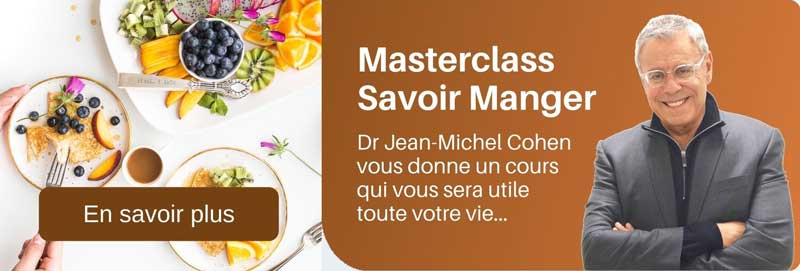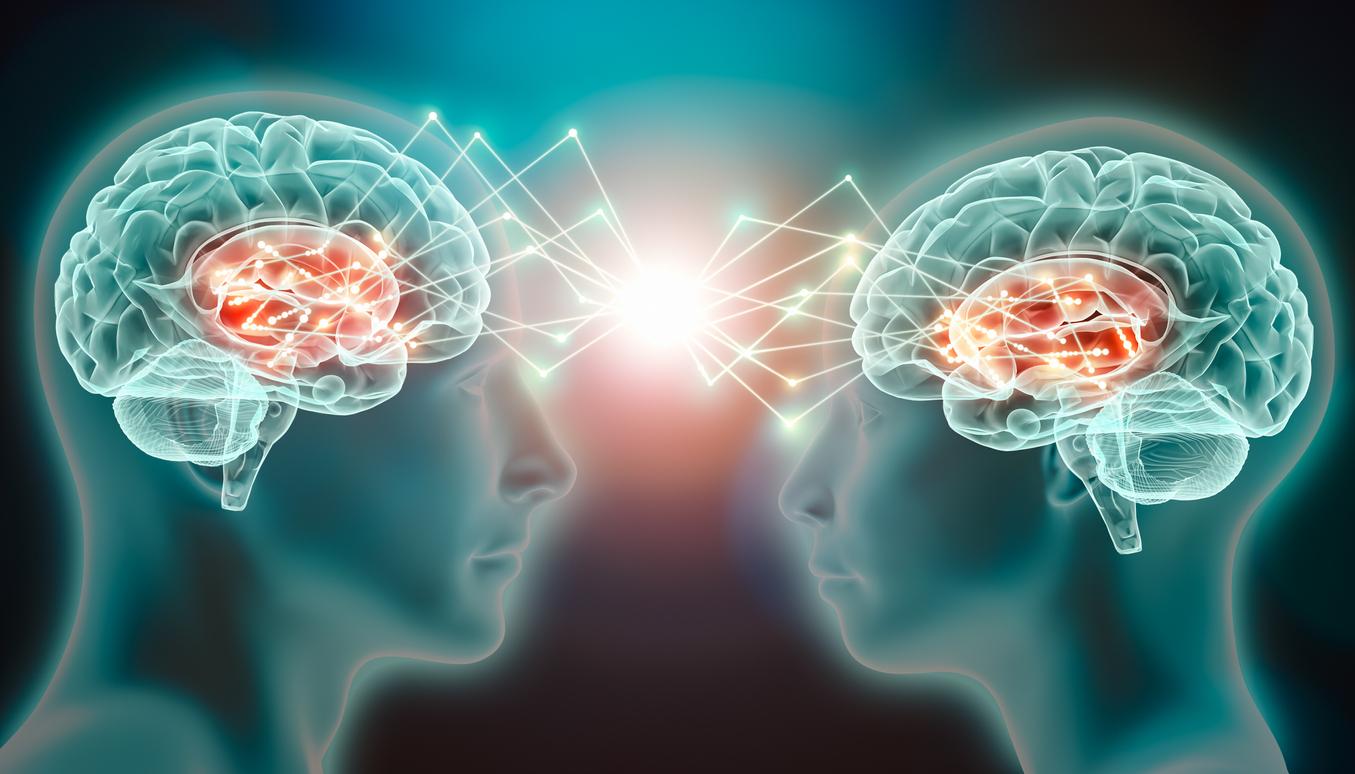Ginger, chocolate, oysters, peppers, bois bande, aphrodisiac foods have a sulphurous reputation, but do they really keep their promises? Before filling your plate with it on Valentine’s Day, ask yourself out of curiosity if the expected effects will be there.
An aphrodisiac is a food or natural ingredient capable of stimulate sexual desire.
But do these aphrodisiac foods really exist or are they primarily popular traditions? The quest for sexual potency is not new. At all times, on all continents, man has sought the miracle cure which would allow him to perform feats in bed: rhinoceros horn, poppy, sandalwood, maca… I’m going on and on and on from the best.
The list of aphrodisiac foods
Many specialists agree that most of these aphrodisiac substances or foods are only placebos. No scientific study has been able to date to validate the virtues of aphrodisiac foods.
It would be more foods that give vigor, endurance. These aphrodisiac foods would therefore allow lovemaking to last and be more intense.
The list of these miraculous ingredients is long, although their effectiveness can vary. Aphrodisiac foods like oats, garlic, onion, sandalwood, ginseng, caffeine, celery, chocolate, ginger, oyster, asparagus, chilli for the best known .
Don’t forget the spices either. in your recipes such as cinnamon, mustard, cardamom, nutmeg, saffron. After all, most of these spices are used in the land of Kamasutra, India.
Still, to seduce, preserve or rekindle the flame, women and men alike are ready to try everythingtaste everything, especially the valentine’s day. But do these aphrodisiac foods really deserve their reputation?
Placebo effect and popular beliefs
Some “aphrodisiacs” are however harmful to health in some cases (cantharide, a Spanish fly sold in dried powder, is said to cause priapism, i.e. a prolonged and painful erection). And to be sure not to get the opposite effect in the middle of Valentine’s Day, avoid anaphrodisiacs, which reduce sexual desires such as hops (beer), marjoram or coriander.
Finally, one could say that aphrodisiac foods sometimes have more of a placebo effect than an aphrodisiac effect. We would have based ourselves on popular beliefs. Our brain would be convinced of this information and that is precisely what would stimulate our senses and would give us this feeling that the desire is back.
Many women and men therefore begin by experiencing a “cerebral” excitement before it is bodily by consuming aphrodisiac foods. Would it be enough to just fantasize? It is in any case a part of the secret.
Add to this the phallic symbols or sex given to aphrodisiac foods. Each population has its own connotations. We start from the shape of the food, which recalls the male (cucumber or banana) or female (avocado or oyster) genital organ, or its symbolic power (eating tiger for virility).
So in a Valentine’s meal, to create the desire to be loved, keep in mind that it’s all in the suggestion and that this is sometimes enough to trigger a reaction.
The enemies of the libido
However, some foods are not recommended for sexual performance because, on the contrary, they risk curbing the libido. This is the case for thealcohol. Despite its initial disinhibiting effect, alcohol can very quickly become counterproductive in arousing sexual desire. It disturbs our emotions and intimate sensations.
Furthermore, a heavy meal is strongly discouraged. For your libido to be at the top, avoid dishes that are too rich, in sauce, high in calories and difficult to digest. The unpleasant sensation of feeling stuffed when leaving the table is not an irresistible call to sensuality.














